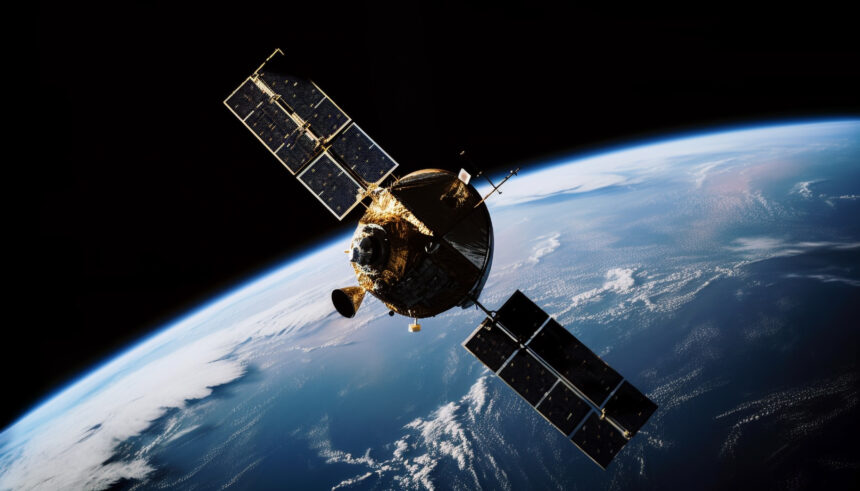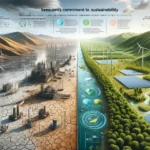In a thrilling development for space exploration and scientific research, SpaceX’s 30th commercial resupply mission to the International Space Station (ISS) has successfully launched, packed with groundbreaking NASA science and technology. This latest venture highlights the ongoing partnership between SpaceX and NASA in advancing our understanding of both Earth and outer space.
Launched from Cape Canaveral Space Force Station in Florida, the Dragon resupply spacecraft embarked on its journey at 4:55 p.m. EDT Thursday. Aboard the SpaceX Falcon 9 rocket, the spacecraft is carrying over 6,000 pounds of cargo, including essential supplies and an array of new experiments destined for the ISS. The Dragon is scheduled for an autonomous docking with the space station on Saturday, March 23, around 7:30 a.m., where it will spend about a month attached to the orbital laboratory.
Among the cargo are critical components that will support a variety of research projects. One significant addition is a new set of sensors for the station’s Astrobee robots. These sensors are designed to enhance the robots’ abilities in 3D sensing, mapping, and situational awareness, which are key for the automation of maintenance tasks and surface scanning in future missions to the Moon and beyond.
Another intriguing payload is the BurstCube, a compact satellite tasked with studying gamma-ray bursts, the universe’s most powerful explosions, typically occurring when two neutron stars collide. This research could greatly expand our understanding of the gamma-ray sky and complement the detection of gravitational waves by ground-based observatories.
The mission also carries crucial hardware for the Genomic Enumeration of Antibiotic Resistance in Space (GEARS) initiative. This project aims to map out antibiotic-resistant microbes within the space station. By sequencing the genes of these bacteria in space, scientists hope to gain insights into how these organisms adapt to the unique conditions of space, information that is vital for protecting the health of astronauts on long-duration missions.
This 30th resupply mission is not just about delivering supplies; it’s about enriching our capability to conduct scientific research in space. From studying the impacts of space on plant growth to measuring sea ice from an unparalleled vantage point, the experiments and technology onboard Dragon will deepen our understanding of the world and beyond.
As the ISS awaits its new arrivals, the anticipation among the scientific community is palpable. These experiments represent the cutting edge of space research, offering glimpses into future possibilities for space exploration and a better understanding of our planet. With each successful mission, SpaceX and NASA continue to push the boundaries of what is possible, ensuring that the orbiting laboratory remains a beacon of human achievement and a testament to the spirit of discovery.
















